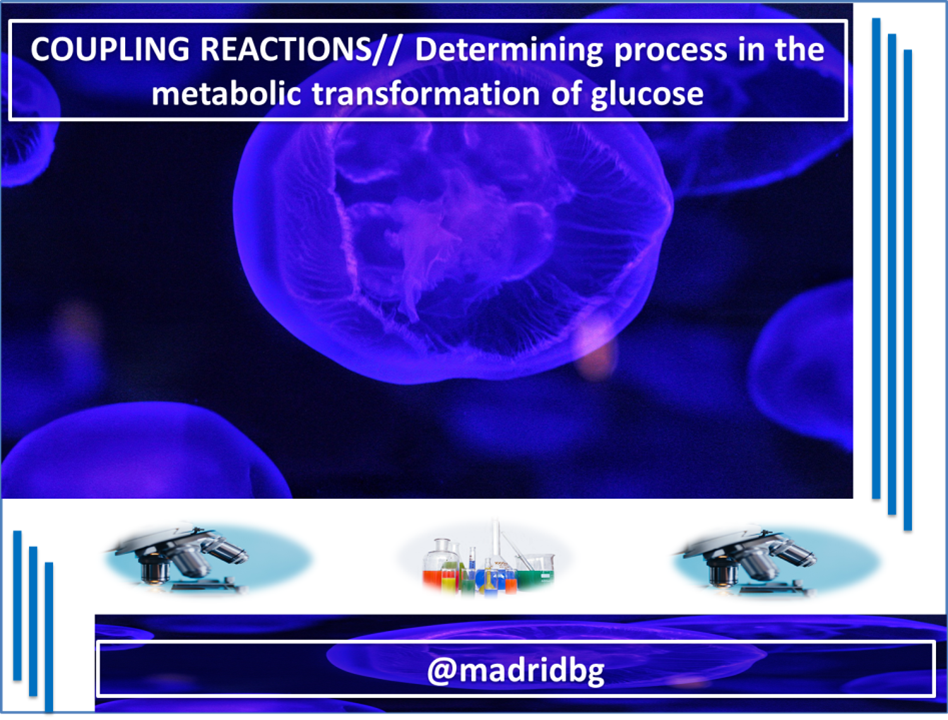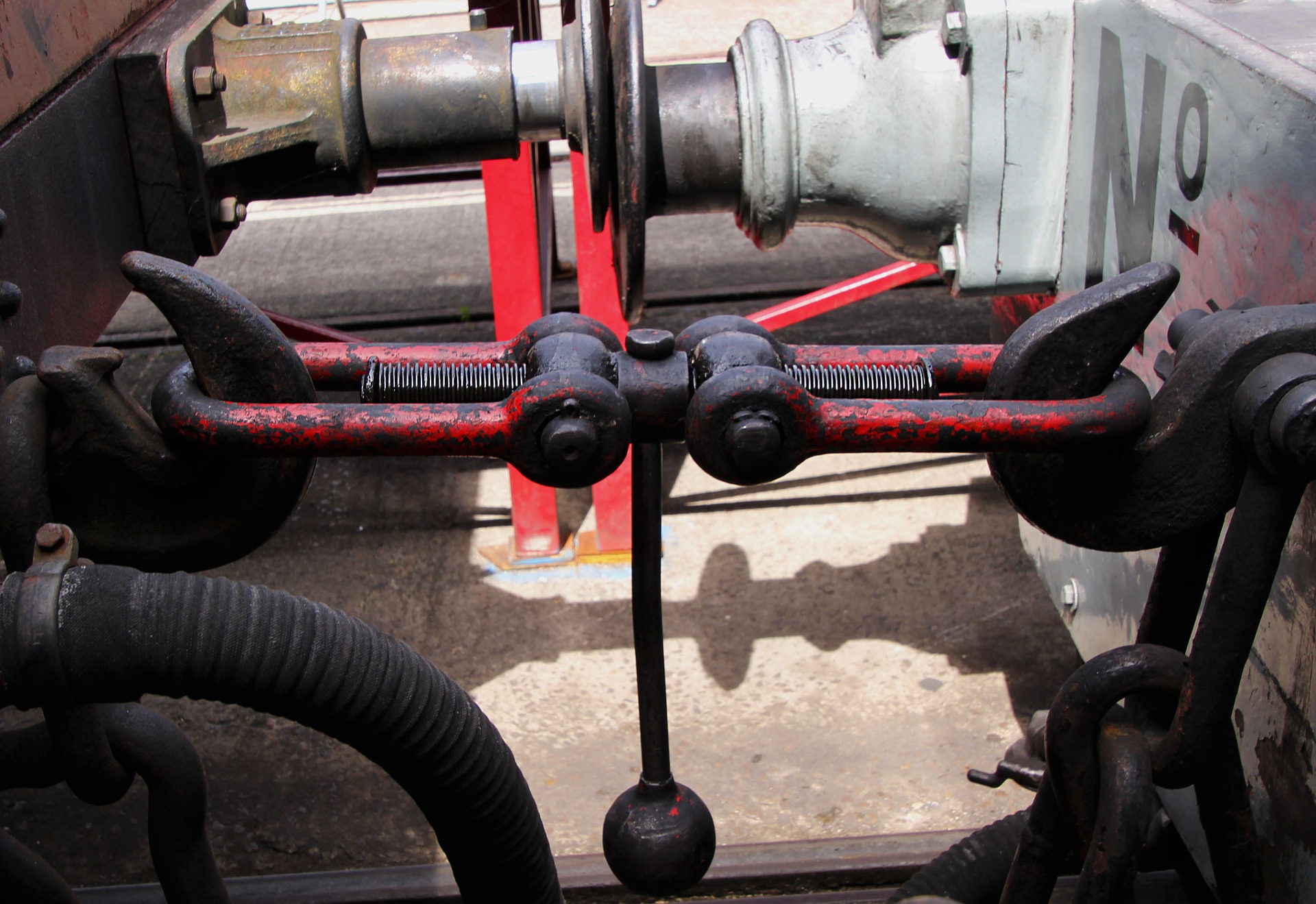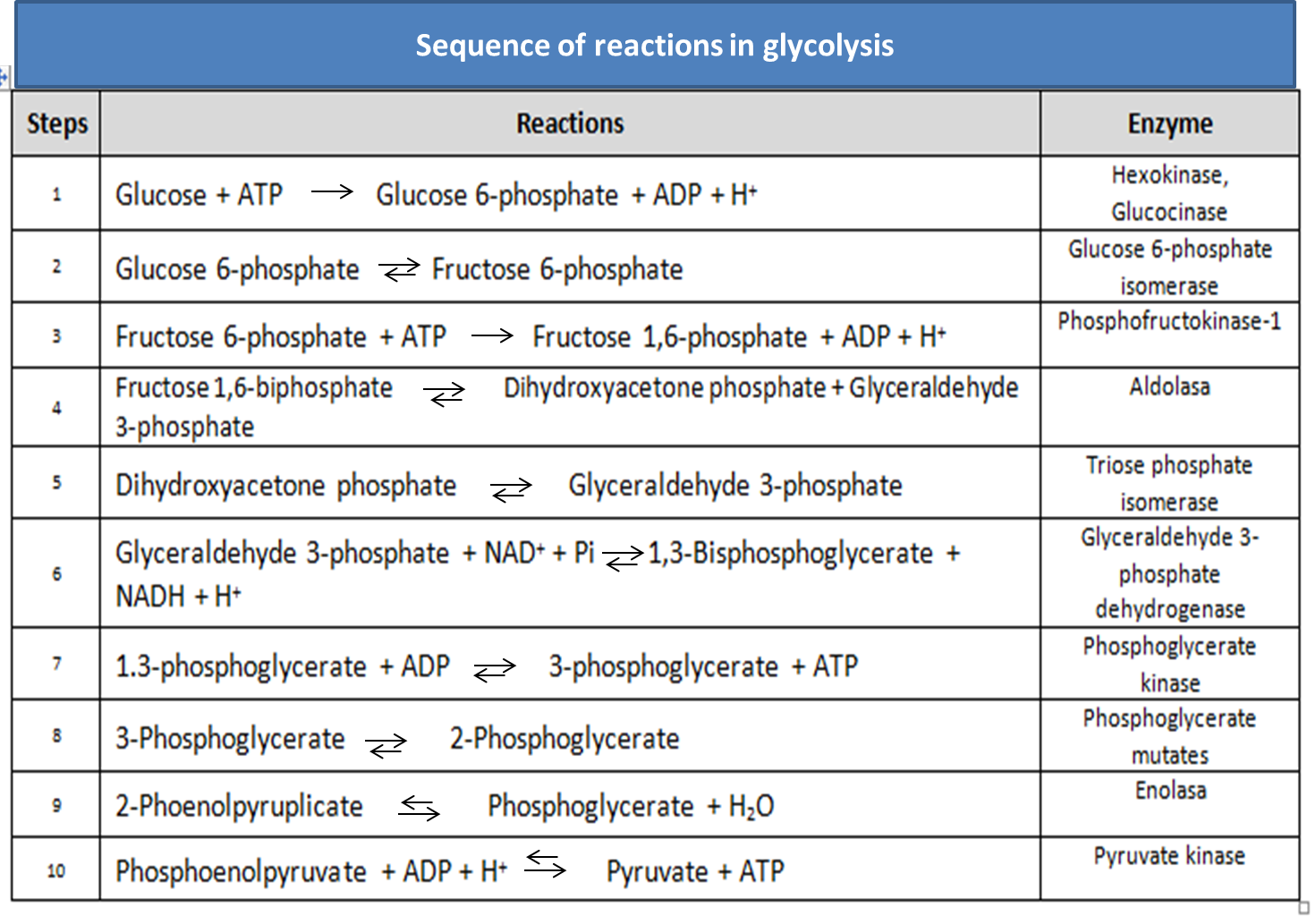
Author: @madridbg, through Power Point 2010, using public domain images.
Dear readers and members of the @stemsocial community, may this publication serve to continue addressing the foundations of chemistry from a scientific perspective, under a flexible structure, which allows the understanding of abstract foundations in a didactic and enjoyable way for the reader.
Therefore, by means of these lines of writing, we will deal with the subject of coupling reactions, orienting the research to their metabolic functioning, as well as the chemical characteristics that this type of process presents.
INTRODUCTION
Chemically, the metabolic system of human beings can be considered complex and in many cases we relate it to the highways of the big cities, where there is a constant flow of substances that travel as if they were automobiles and where chemical compounds necessary for the functioning of the organs and the body in general are generated and degraded at the same time.
In this sense, the cells are the central element behind such a complex metabolic process, through which an exchange from the interior to the exterior of the cell takes place and vice versa, and where specialized substances are in charge of performing the corresponding work that goes from the transport of nutrients to the degradation and construction of macromolecules.
The processes are not as simple as they are mentioned, in some cases they must be catalyzed by enzymes so that they develop since under the chemical principles, the ideal conditions are not available for them to be carried out or a work of maximum importance at a metabolic level is carried out
Therefore, through this publication we will address the spontaneity of chemical processes applied to coupling reactions and their function in metabolic issues.
THE SPONTANEITY OF CHEMICAL PROCESSES
In our daily life we are related to processes that occur without the need to apply external factors to make them happen, among which we can mention
1. When sugar comes into contact with the coffee contained in a cup it dissolves spontaneously (spontaneous process), what does not happen is that the sugar reappears once it has dissolved (non spontaneous process).
2. When we observe a waterfall we can notice that the water falls without help (spontaneous process), but never rises by itself (non spontaneous process).
3. The transfer of heat energy occurs spontaneously from the hottest to the coldest, never the opposite unless an external variant is applied.
At the level of chemical analysis and process it is of vital importance to know this type of operation since it allows us to make conjectures about the evolution of chemical reactions. In this sense, conceptually a spontaneous process is considered as one that does not need external help to be carried out and once started it is allowed to continue until it ends.
Otherwise, it is a non-spontaneous process, which does not have the ideal conditions for it to be carried out, so that constant external influence must be applied for it to develop to its final point.

Fig. 2. Representation of iron oxidation. Autor: @madridbg.
A typical example of this type of process is shown in the figure above, where the metallic elements specifically iron exhibits a slow but continuous oxidation process, where the metal part is transformed into a compound called iron oxide, the opposite case, it is almost impossible to be carried out for this must be implemented special conditions for the reaction to start.
GENERALITIES ON COUPLING REACTIONS
In previous sections we mentioned spontaneous and non-spontaneous processes, in this sense, coupling reactions are carried out as a mechanism of action that allows non-spontaneous chemical reactions to take place without problems.
Therefore, there are three types of forms that develop non-spontaneous systems, the first one refers to the increase of temperature within the reaction, so that there is enough activation energy for the process to take place, the second one is characterized to make an electric current pass through the system, method that is known as electrolysis and that has as purpose to transform uphill processes into downhill reactions.
Finally we have the coupling reactions, which are nothing more than developing a set of chemical reactions with different positive and negative energy variations (ΔG), whose interaction causes a spontaneous transformation of the process that previously was not spontaneous
A practical example of these reactions is developed at laboratory level when copper oxide (CuO2) is heated above 600 °C in order to obtain metallic copper, where the reaction produces an energetic variation ΔG = +123 KJ, which indicates that the process is not spontaneous and that it is not carried out unless the variables present are manipulated.
In this sense, a chemical device is used to couple the reaction as train wagons and solid carbon is added to the system, so that a partial oxidation to carbon monoxide is produced, a sequence that changes the free energy of the system to values that allow the development of the reaction as if it were a spontaneous process.

Author: @madridbg, through Power Point 2010.

Fig. 3. The coupling of the reactions is represented analogously with the coupling of the wagons of a train. Dean Moriarty
COUPLED REACTIONS AND METABOLIC FUNCTIONING
In this section of the topic, we will focus on the process of cellular respiration, for this it is necessary to remember that these types of mechanisms develop in the cells and in the mitochondria of the same and we mention glycolysis, the Krebs cycle and oxidative phosphorylation, also known as electron transport, systems that are carried out in our metabolism with the aim of generating the amount of ATP necessary for the functioning of our body.
In this sense, we will devote our attention to the functioning of glycolysis and the generation of coupling reactions that occur during its development. Glucolysis as a process, is developed in a set of stages in order to generate the pyruvate molecules that will be used as raw material in the Krebsm cycle, which allows to obtain energy in the form of ATP and electron transport as NADH and FADH2.
Energetically, glycolysis is not an efficient process for complex organisms, since it only produces 2.2% of the energy we need to function, but it is indispensable in the transformation of the glucose molecule that provides us with the energy necessary to produce the ATP that our system requires.

Author: @madridbg, through Power Point 2010. Adapted from Mathews, (2008).
If we analyze the process we realize that this mechanism of glucose transformation is carried out in ten stages, which are catalyzed by enzymes, where some are spontaneous and others are not. Therefore, spontaneity is highly relevant in this system and one of the most important reactions for our organism in the synthesis of ATP from ADP molecules.

Author: @madridbg, through Power Point 2010. Adapted from Chang, (2010).
Through the equations, we can observe with the help of the energy potential, that the reaction is exergonic, that is to say, that energy is produced and therefore in normal conditions the process is spontaneous, however, cellularly the conditions are not standard and there is a set of variables such as temperature and pH that affect the process and make them not spontaneous.
The cellular metabolism to be able to counteract the difficulty requires the coupling of reactions that provide the necessary energy for the process to start and that we will describe through the following group of chemical equations.

Author: @madridbg, through Power Point 2010. Adapted from Petrucci, (2003).
As we can see, the net energy variation is negative, so a process that is not spontaneous through the coupling of the reactions is transformed into spontaneous, which is indispensable so that the cellular mechanism does not stop and can follow the dynamic order that characterizes it.
CONTRIBUTIONS OF THE THEME
Through the publication we were able to address the issue of coupling reactions and their importance at the metabolic level, a process that is of great importance in the development of cellular activities. In addition, we addressed the issue of metabolic systems that allow the transformation of glucose into energy in the form of ATP, and founded the spontaneity of chemical processes in a dynamic and accessible to the reader.
BIBLIOGRAPHY CONSULTED
[1] Acevedo Juan Carlos. (2006). Coupled Reactions versus Connected Reactions. Biochemistry and Molecular Biology Education. Vol. 35, No. 2, pp. 85–88, 2007. Article: Online Access
[2] Chang, R. (2010). Química. Decima edicion. McGraw-hill Interamericana editores. ISBN: 978-607-15-0307-7.
[3] Mathews, C. K.; Van Holde, K. E.; Ahern, K. G. (2008). Bioquímica. PEARSON EDUCACIÓN, S. A., Madrid, ISBN: 978-84-832-2694-0. Materia: Bioquímica, 577. ÁREA: CIENCIAS
[4] McMURRY E., John y Fay C., Robert. (2008). Química general. Quinta edición PEARSON EDUCACIÓN, México, 2009 ISBN: 978-970-26 1286-5.
[5] Ralph, H. Petrucci, William S. Harwood, E. Geoffrey Herring. (2003). QUIMICA GENERAL. Octava edición. PEARSON EDUCACIÓN. S.A., Madrid.
[6] WADE,LEROY. (2011). . ORGANIC CHEMISTRY. VOLUME 2. SEVENTH EDITION. PEARSON EDUCATION, MEXICO, 2011 ISBN: 978-607-32.()793-5.
[7] Yasar Demirel. (2009). Thermodynamically coupled heat and mass flflows in a reactiontransport system with external resistances. Chemical and Biomolecular Research Papers Faculty Authors Series. University of Nebraska - Lincoln
Article: Online Access
OF INTEREST
For more information related to the areas of science, technology, engineering and mathematics, do not hesitate to visit #stemsocial and #stem-espanol, they are communities that promote scientific advances in these areas

#posh twitter
Thanks for your contribution to the STEMsocial community. Feel free to join us on discord to get to know the rest of us!
Please consider supporting our funding proposal, approving our witness (@stem.witness) or delegating to the @stemsocial account (for some ROI).
STEMsocial app could yield even more supporti next time.
Thanks for including @stemsocial as a beneficiary, which gives you stronger support. Using the
Thank you @steemstem for the support and continuous evaluation of my publications, without a doubt they are a reason to continue writing quality scientific content. Greetings